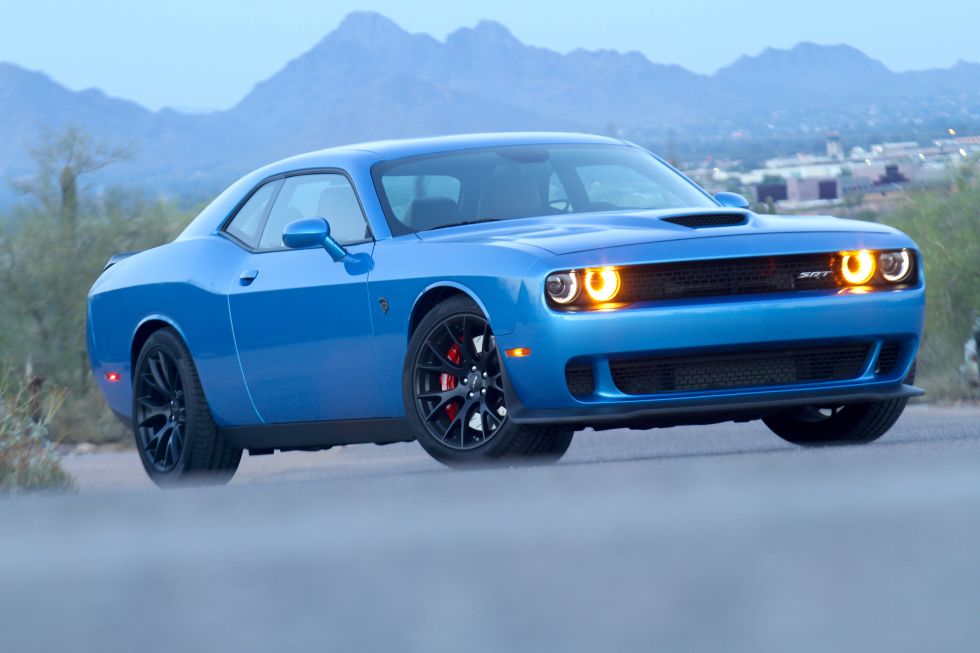
| Specs at a glance: Huawei P9 | |
|---|---|
| Screen | 5.2-inch, FHD (1920x1080) |
| OS | Android 6 Marshmallow with Emotion UI 4.1 |
| CPU | Huawei Kirin 955 (64-bit), Octa-core (4x 2.5GHz A72, 4x 1.8 GHz A53) |
| RAM | 3GB/4GB (64GB model) |
| GPU | Mali-T880 MP4 |
| Storage | 32GB or 64GB, plus micro SD expansion |
| Networking | 802.11 Wi-Fi a/b/g/n/ac (2.4 & 5 GHz) |
| Ports | USB Type-C, headphone jack |
| Camera | 2x 12MP Sony IMX286 sensors, Leica Summarit H 1:2.2/27 lenses, f/2.2, 27mm focal length |
| Dimensions | 145mm x 70.9mm x 6.95mm |
| Weight | 144g |
| Battery | 3000mAh |
| Network Bands | Bands 13, 25, 29, 30, and 41 are not supported |
| Other perks | RAW image support |
| Release date | Available to pre-order now; release date in the UK will be sometime in May |
| Price | £449/€599 for 32GB model |
A few years ago, in a classic ham-fisted fumble involving a pint of beer and a cat video, I dropped my Nexus 5. The colourful 1080p screen that I had spent so much of my free time pawing at was left shattered and unusable. Money was tight at the time, and so rather than get the Nexus fixed or buy an entirely new phone, I called in a favour from a journalist friend. The next day, I was the proud borrower of a Huawei P7, the Chinese company's first real stab at a flagship Android phone.
I'd never used a Huawei phone before, and at first I was pleasantly surprised. The build quality was excellent even if the design was rather nondescript, and it had a bright 1080p IPS screen. My excitement dwindled, however, when I flicked the P7 on and was presented with one of the most outrageously aggressive Android skins I'd ever seen. The icons had been squished, and given an odd iOS-like sheen, while the app drawer I loved from the stock KitKat build on the Nexus had been entirely removed in favour of shoving all the apps onto the home screen.
Indeed, the deeper I dove, the more I found had been changed by Huawei's Emotion UI. Settings weren't where I expected to find them, while various menu designs had been given a visual tweak that didn't match other parts of the OS. In short, the P7 was mess—and it was slow and laggy too. This was a classic case of great hardware being marred by terrible software, and it wasn't long before I bit the bullet and bought a new phone just so I could get back to something that at least vaguely approached a stock Android experience.

 Ein supersicheres, superteures Smartphone: Das will das Startup Sirin ab dem kommenden Monat anbieten. Doch noch gibt es von dem Unternehmen nur eine schöne Webseite - keine Fakten über Gerät, Software oder Verschlüsselung. (
Ein supersicheres, superteures Smartphone: Das will das Startup Sirin ab dem kommenden Monat anbieten. Doch noch gibt es von dem Unternehmen nur eine schöne Webseite - keine Fakten über Gerät, Software oder Verschlüsselung. ( Vor ein paar Wochen hat Blizzard einen privat betriebenen Server mit der Urversion von World of Warcraft schließen lassen, nun melden sich die Entwickler zu Wort: Sie würden gerne selbst Classic-WoW anbieten - nur sei das nicht so einfach. (
Vor ein paar Wochen hat Blizzard einen privat betriebenen Server mit der Urversion von World of Warcraft schließen lassen, nun melden sich die Entwickler zu Wort: Sie würden gerne selbst Classic-WoW anbieten - nur sei das nicht so einfach. ( Mit Logi Base hat Logitech eine Ladestation für das iPad Pro vorgestellt, die das Tablet nicht über den Lightning-Anschluss auflädt - sondern über den Smart Connector. Logitech ist damit der erste Hersteller, der diesen Weg nutzt. (
Mit Logi Base hat Logitech eine Ladestation für das iPad Pro vorgestellt, die das Tablet nicht über den Lightning-Anschluss auflädt - sondern über den Smart Connector. Logitech ist damit der erste Hersteller, der diesen Weg nutzt. (
 Der Browser Vivaldi ist in einer neuen Version erschienen. Mit dem Update soll das Erkunden im Internet durch Detailverbesserungen und Fehlerkorrekturen komfortabler werden. (
Der Browser Vivaldi ist in einer neuen Version erschienen. Mit dem Update soll das Erkunden im Internet durch Detailverbesserungen und Fehlerkorrekturen komfortabler werden. ( Gedacht für Virtual Reality, aber davon abgesehen vor allem ziemlich flott: AMDs neue Radeon Pro Duo ist teuer und wassergekühlt, schlägt durch ihre zwei Fiji-Grafikchips aber selbst Nvidias Titan X. (
Gedacht für Virtual Reality, aber davon abgesehen vor allem ziemlich flott: AMDs neue Radeon Pro Duo ist teuer und wassergekühlt, schlägt durch ihre zwei Fiji-Grafikchips aber selbst Nvidias Titan X. (